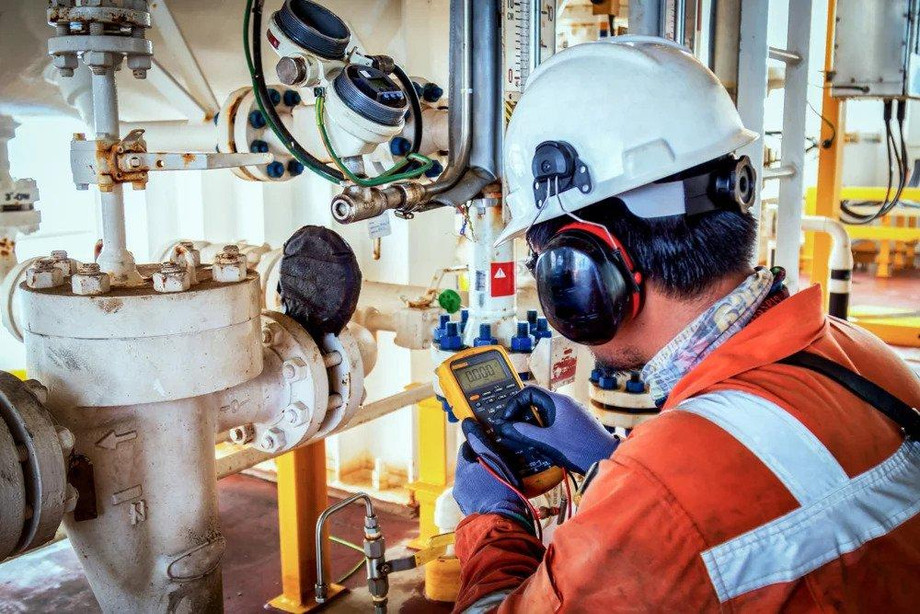Introduction
In industrial settings where flammable gases, vapors, liquids, or combustible dusts are present, safety is paramount. These environments, known as hazardous areas or hazardous zones, pose unique challenges that require specialized equipment to prevent accidents and ensure worker safety. In this article, we will explore the various types of hazardous area equipment and their applications, shedding light on the importance of proper equipment selection and certification in these high-risk environments.
Understanding Hazardous Areas and Hazardous Area Classification
Before delving into the types of equipment used in hazardous areas, it's crucial to understand what constitutes a hazardous area and how it is classified. A hazardous area is a location where the atmosphere contains flammable substances in quantities that could ignite under certain conditions. These conditions can include the presence of open flames, electrical sparks, or hot surfaces.
Hazardous areas are classified into zones based on the likelihood and persistence of a hazardous atmosphere. The classification system is typically divided into Zone 0, Zone 1, and Zone 2 for gases and vapors, and Zone 20, Zone 21, and Zone 22 for combustible dusts. The higher the zone number, the lower the risk and severity of a hazardous atmosphere.
Types of Hazardous Area Equipment
- Explosion-Proof Enclosures: Explosion-proof enclosures are designed to contain any explosion originating within the enclosure, preventing it from propagating to the surrounding environment. These enclosures are typically constructed of robust materials and can withstand internal explosions without allowing flames or hazardous gases to escape. They are used for electrical equipment in Zone 1 and Zone 2 areas.
- Intrinsically Safe Equipment: Intrinsically safe equipment limits electrical energy to levels that cannot ignite a hazardous atmosphere. This equipment is commonly used in Zone 0, Zone 1, and Zone 2 environments. Devices like intrinsically safe mobile phones, cameras, and sensors are used to ensure safe communication and monitoring in these areas.
- Flameproof Equipment: Flameproof equipment is designed to contain any potential explosion and prevent it from igniting the surrounding atmosphere. Flameproof enclosures are commonly used for electrical devices in hazardous areas and are suitable for both Zone 1 and Zone 2 applications.
- Pressurized Equipment: Pressurized equipment is used to keep a hazardous atmosphere out of the enclosure by maintaining a higher pressure inside. This prevents the ingress of flammable substances. Such equipment is often utilized in Zone 1 areas, where the risk of gas or vapor ingress is high.
- Dust Ignition-Proof Equipment: In areas where combustible dusts are present, dust ignition-proof equipment is essential. These devices are designed to prevent the ignition of dust clouds. They are commonly used in industries such as food processing, agriculture, and woodworking where dust explosions are a significant concern.
- Intrinsically Safe Instruments: Intrinsically safe instruments include various sensors and measurement devices used for monitoring conditions in hazardous areas. These instruments are vital for ensuring safe operations, and they can be found in a wide range of industries, from petrochemical plants to grain mills.
- Hazardous Area Lighting: Specialized lighting fixtures designed for hazardous areas are used to provide adequate illumination without the risk of igniting flammable substances. They are crucial in industries such as oil and gas, where proper lighting is essential for safety and productivity.
Certification and Compliance
All hazardous area equipment must meet strict certification and compliance standards to ensure its suitability for use in these high-risk environments. Project Management Vision (PMV) in Perth offers the UEE42620 Hazardous Area Course, providing participants with comprehensive knowledge about the identification, assessment, and management of hazardous areas. This course equips individuals with the necessary skills to analyze potential risks, implement safety measures, and effectively respond to emergencies, thus minimizing the likelihood of accidents and protecting both personnel and assets.
Conclusion
Hazardous areas pose significant risks to both personnel and property, making the use of appropriate equipment crucial for safety and compliance with regulations. From explosion-proof enclosures to intrinsically safe instruments and lighting, the wide range of hazardous area equipment plays a vital role in ensuring safe operations in industries where flammable substances are present. Hazardous area training and certification, such as the UEE42620 Hazardous Area Course offered by Project Management Vision in Perth, provide individuals with the knowledge and skills needed to navigate these challenging environments safely. By understanding the different types of equipment and their applications, as well as adhering to certification and compliance standards, organizations can minimize the risks associated with hazardous areas and protect their workers and assets.
Know More:
- What are the essential safety measures for working in hazardous areas, and how can organizations ensure the well-being of their personnel in these high-risk environments?
- How to Upskill with PMV to Start a Career in Instrumentation and Control?
- Looking for the Top Provider of EEHA Courses in Western Australia and South Australia?
- Exploring Explosion Protection (Ex) Certification for Australia? What Are the Requirements?
- What Are the Latest Updates to AS/NZS Standards for Explosion Protection?
Contact us:
- Perth
10/22 Shields Crescent, Booragoon, WA, 6154
Contact no.: (08) 9317 2146
- Adelaide
1042 Port Road, Albert Park, SA, 5014
Contact no.: (08) 9317 2147
- Karratha
3/16 Hedland Place, Karratha, WA, 6714
Contact no.: (08) 9317 2147
Also, follow us:
Youtube: https://www.youtube.com/@PmvNetAu/
Facebook: https://www.facebook.com/pmvaustralia/
Instagram: https://www.instagram.com/pmv.australia/

